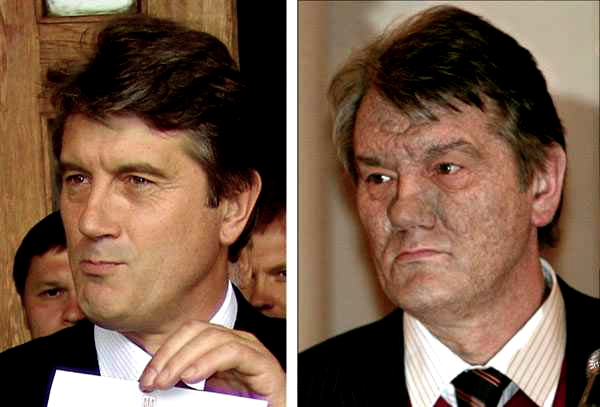First reported in German industrial workers in 1897, at present chloracne is the only well established long-term effect of exposure to TCDD or dioxin, the contaminant found in one of the ingredients of Agent Orange.
At Seveso Italy, from a reactor to the production of hexachlorophene, a product relatively harmless used by industry, cosmetics, it would be escaping, because of an accident, dioxin, a chemical highly toxic and carcinogenic.
The Seveso Italy accident of 10 july 1976, exposed a large population to 2,3,7,8-tetrachlorodibenzo-p-dioxin (TCDD or simply dioxin). The accident resulted, mostly among children, in one of the largest ever-reported outbreaks of chloracne, the typical skin disorder due to halogenated-hydrocarbon compounds.
An overall positive association was found between the territorial distribution of chloracne cases and the different levels of soil contamination in the affected area.The first signs of chloracne generally appear within three to four weeks of exposure.
In 164 children was observed Chloracne the typical skin disorder due to halogenated-hydrocarbon compounds.
The accident was Caused by ICMESA of Meda; Principal:HOFFMANN-LA ROCHE of Basilea.
Chloracne Seveso (1976)

Viktor Yushchenko with chloracne from TCDD dioxin poisioning (2006)





Comments